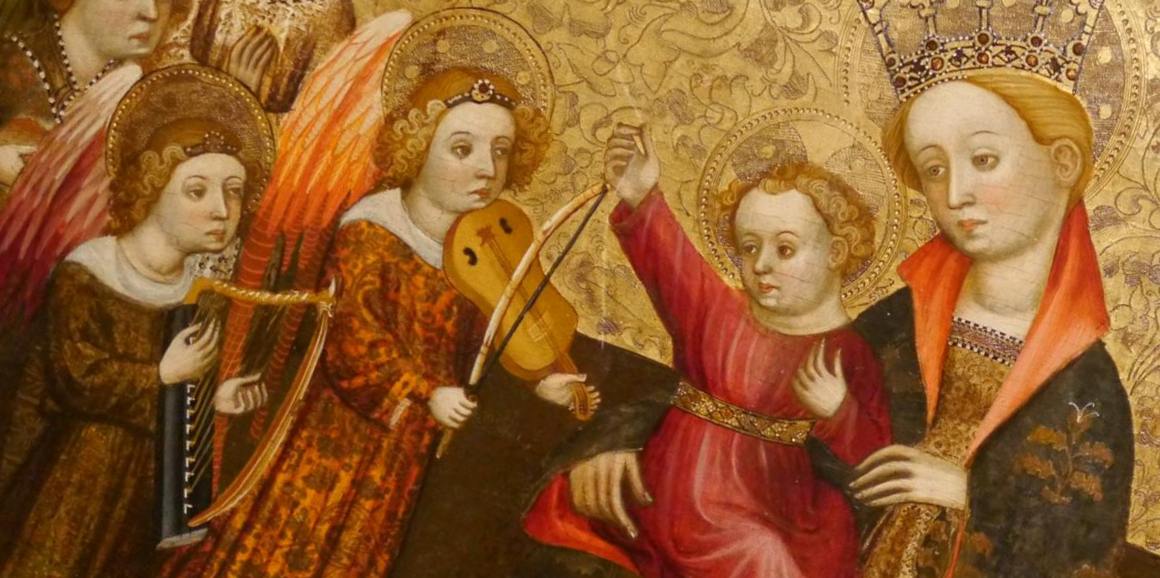 In Part 1, we explored the modern myth that the ‘music’ on the backside of a sinner in Jheronimus Bosch’s Garden of Earthly Delights is real and playable. We saw that it is not Gregorian notation, as is repeatedly claimed, but a faux and unreadable imitation of Strichnotation. As the present article will show, Bosch painted equally faux and unreadable Strichnotation in two more paintings and one drawing.
In Part 1, we explored the modern myth that the ‘music’ on the backside of a sinner in Jheronimus Bosch’s Garden of Earthly Delights is real and playable. We saw that it is not Gregorian notation, as is repeatedly claimed, but a faux and unreadable imitation of Strichnotation. As the present article will show, Bosch painted equally faux and unreadable Strichnotation in two more paintings and one drawing.
In Part 2, we surveyed all the musical imagery and the overall schema of The Garden of Earthly Delights, exploring historical sources for the meaning of each musician punished in hell, their instruments used as torture devices against them.
That leads us to the central question of this third and final article on Bosch’s relationship with music. Here we survey the rest of Bosch’s entire works, his paintings and drawings, for music and musicians. Every musical image is presented with a brief description and explanation, referencing literature Bosch would have known. The sum total of Bosch’s musical depictions raises the question: What was the nature of his beliefs that he imagined all musicians as wicked sinners and monstrous creatures who are eternally punished in hell? We search for answers in his locality, his biography, and the clues he left with his brush.
